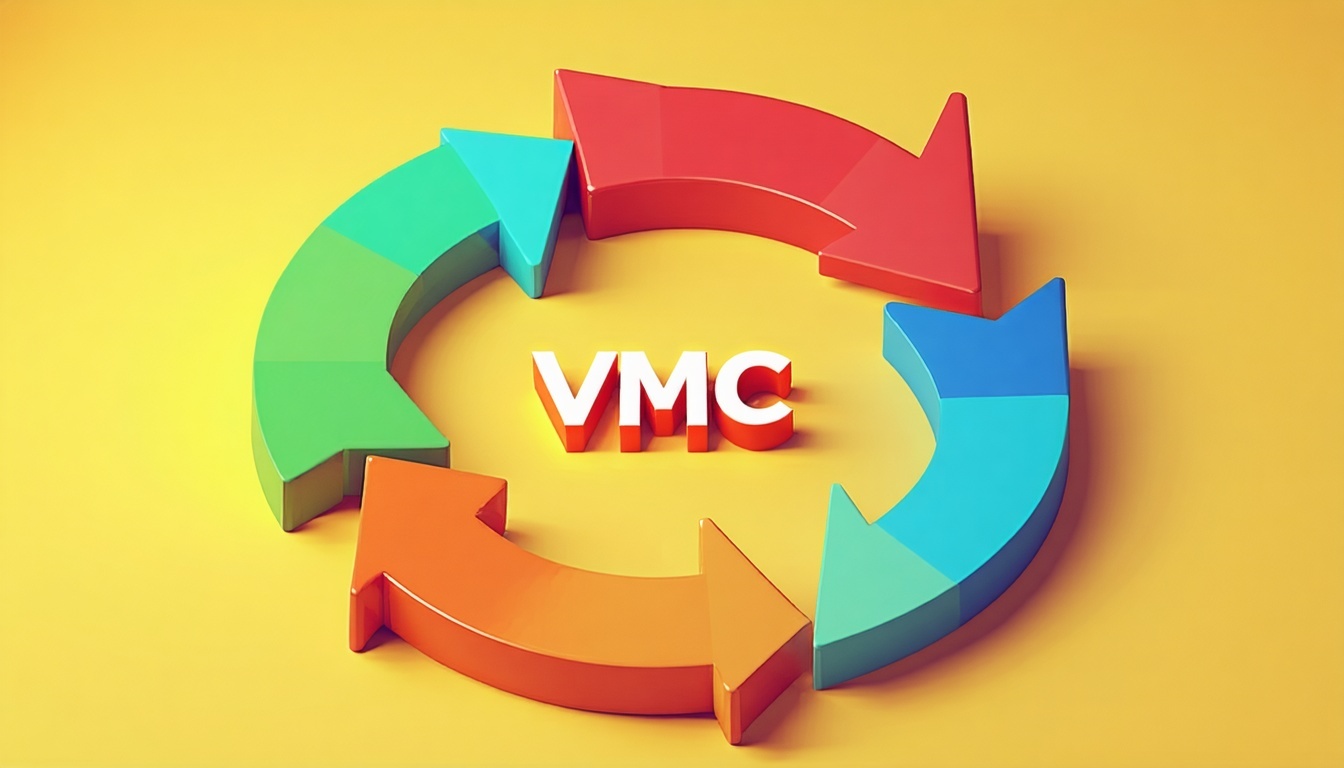
VMC Certificate Revocation: Understanding the Circumstances and Implications
What Is VMC Certificate Revocation?
VMC certificate revocation is the process of invalidating a Verified Mark Certificate before its natural expiration date, making it immediately untrustworthy and unusable for BIMI logo display. When a VMC is revoked, it is added to the Certificate Authority's Certificate Revocation List (CRL), and consuming entities must check these lists at least every 7 days to determine certificate validity.
Circumstances That Require VMC Revocation
Trademark-Related Issues
VMCs must be revoked immediately if the organization no longer owns or has sufficient license to the registered trademark. This includes situations where trademark registration expires, is canceled, or ownership transfers to another entity. Trademark revocation due to non-use, substantial changes to the mark, or false indications can also trigger VMC revocation.
Domain Ownership Changes
Loss of domain control or ownership requires immediate VMC revocation 5. If domain registration lapses or transfers to an unauthorized party, the VMC becomes invalid and must be revoked to prevent misuse.
DMARC Policy Changes
VMCs require domains to maintain DMARC enforcement at "quarantine" or "reject" policies. If DMARC policy is changed to "none" or enforcement drops below 100%, the VMC may need to be revoked as it no longer meets compliance requirements.
Key Compromise
If the private key associated with the VMC is suspected of being compromised, the certificate must be revoked immediately. This includes situations where systems are breached, devices are stolen, or unauthorized access to certificate files is detected.
Organizational Changes
Significant changes in organizational structure, such as mergers, acquisitions, business closure, or cessation of operations, may require VMC revocation. When the entity represented by the certificate undergoes fundamental changes, the certificate may no longer accurately represent the organization.
Certificate Misuse or Violations
VMCs must be revoked if there is evidence of certificate misuse or violation of the VMC Terms. This includes using the certificate in ways not authorized by the original application or violating the terms of use established by the Certificate Authority.
The VMC Revocation Process
Certificate revocation can be requested by the certificate holder, the Certificate Authority, or in some cases, third parties who can demonstrate legitimate cause. The CA must process revocation requests according to established timelines, typically within five days for certain violations. Once revoked, the certificate is immediately added to the CA's Certificate Revocation List, which is published and updated regularly.
Implications of VMC Revocation
Immediate Loss of Logo Display
When a VMC is revoked, your brand logo will immediately stop displaying in supported email clients. This visual cue of email authenticity disappears, potentially causing customers to distrust legitimate emails or treat them as spam.
Impact on Email Deliverability
While VMC revocation doesn't directly affect email delivery, the loss of visual brand indicators may impact recipient trust and engagement. Emails without logo display may receive lower engagement rates, which can indirectly affect sender reputation over time.
Brand Protection Concerns
Revoked VMCs eliminate an important layer of brand protection against spoofing and phishing attacks. Without VMC validation, malicious actors may find it easier to impersonate your brand in email communications.
Compliance and Legal Issues
Organizations may face compliance issues if VMC revocation results from trademark or licensing problems. Legal obligations to cease using the mark immediately upon revocation must be followed to avoid potential intellectual property violations.
Monitoring and Detection
Certificate Revocation List Checks
Email providers and consuming entities must check Certificate Revocation Lists at least every 7 days to identify revoked VMCs. Organizations should monitor their own certificates' revocation status regularly to detect any unauthorized revocations.
BIMI Testing and Validation
Regular BIMI testing using validation tools can help detect when your VMC is no longer being honored by email providers. If your logo stops displaying despite having a valid certificate, checking revocation status should be among the first troubleshooting steps.
Prevention and Remediation Strategies
Proactive Monitoring
Implement automated monitoring of trademark status, domain registration, and DMARC compliance to prevent circumstances that could trigger revocation. Regular audits of organizational changes and certificate usage can help identify potential issues before they require revocation.
Rapid Response Planning
Develop procedures for quickly addressing revocation triggers, such as maintaining backup trademark registrations or having contingency plans for organizational changes. Quick response to potential issues can sometimes prevent the need for revocation.
Reissuance Preparation
If revocation becomes necessary, be prepared for the VMC reissuance process. This includes having updated documentation, current trademark certificates, and proper organizational validation materials ready.
Recovery After VMC Revocation
Recovering from VMC revocation requires addressing the underlying cause and then applying for a new certificate. This process involves the same validation steps as the original application, including trademark verification, organizational validation, and domain control validation. Organizations should expect the full VMC processing timeline, which can take several weeks depending on the complexity of validation requirements.
Need help understanding VMC revocation risks or developing prevention strategies?
Find more answers in our VMC and BIMI FAQ section.
VMC revocation immediately terminates logo display and brand protection—monitor trademark status, domain ownership, and DMARC compliance continuously to prevent revocation and maintain your email authentication credentials.



